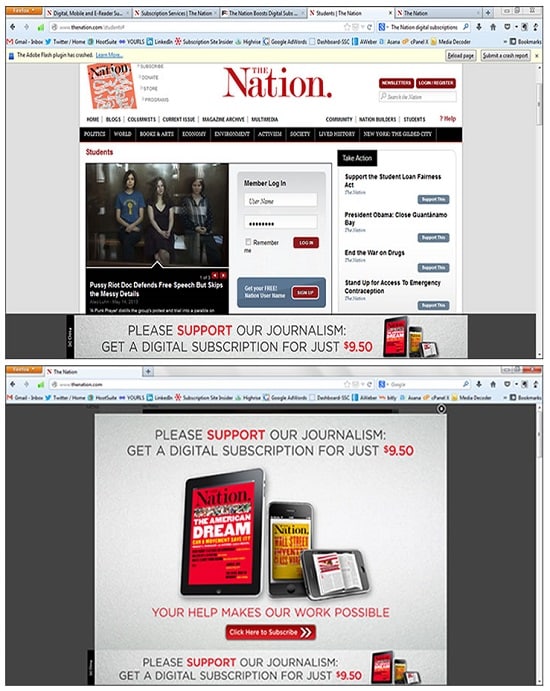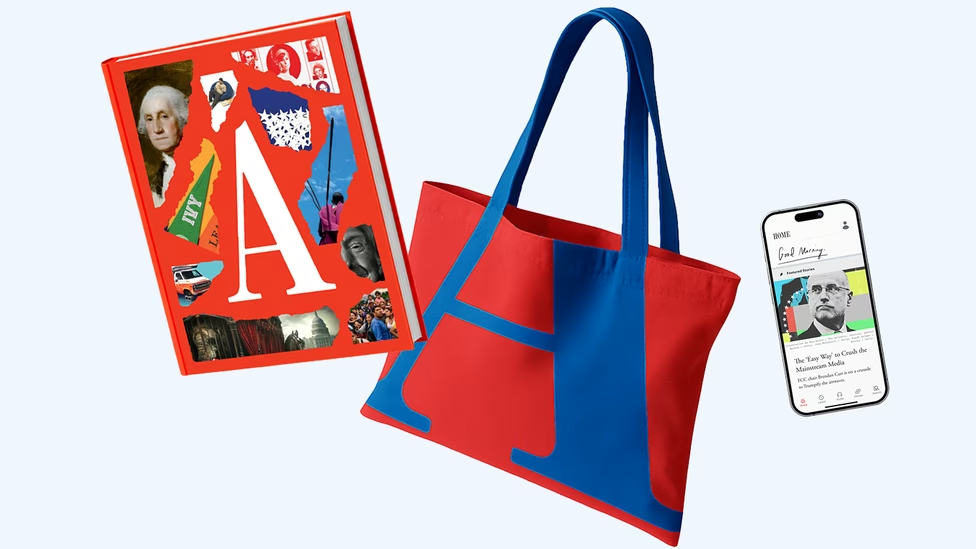
The Nation Grows Digital Audience with Student Offer
Lorem ipsum dolor sit amet, consectetur adipiscing elit. Ut elit tellus, luctus nec ullamcorper mattis, pulvinar dapibus leo.
While many legacy publications are able to retain print subscribers, they would be fool-hardy not to acquire younger audiences through digital means. Art Stupar, VP of Circulation at The Nation, spoke to Insider about how the progressive weekly, known for its politically-active readership, was able to attract younger subscribers with a targeted free offer for a digital subscription. Not surprisingly, there is a social media success story here, too. This exclusive Case Study also examines The Nat...
HELLO!
This premium article is exclusively reserved for Subscription Insider PRO members.
Want access to premium member-only content like this article? Plus, conference discounts and other benefits? We deliver the information you need, for improved decision-making, skills, and subscription business profitability. Check out these membership options!
Learn more about Subscription Insider PRO memberships!
Already a Subscription Insider PRO Member?
Please Log-In Here!
- Filed in Business Strategy, Case Studies, Subscriber Only








